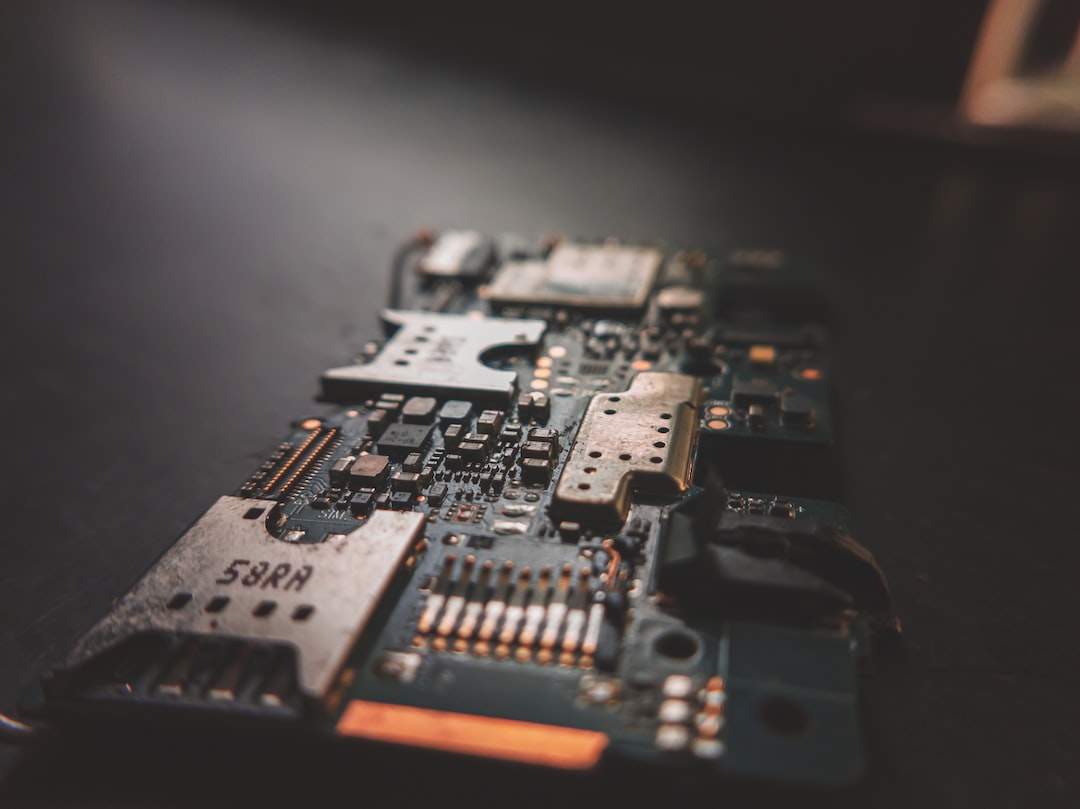The rise of voice-controlled smart devices: from smart speakers to smart TVs
In recent years, we have witnessed a rapid advancement in technology that has significantly transformed our daily lives. One of the most notable developments has been the rise of voice-controlled smart devices. From smart speakers to smart TVs, these devices have revolutionized the way we interact with technology and have become an integral part of our households.
Smart speakers, also known as voice assistants, were the first voice-controlled smart devices to make their way into our homes and lives. With the introduction of Amazon Echo and Google Home, these devices quickly became popular due to their ability to respond to voice commands and perform various tasks. They could play music, answer questions, set reminders, control smart home devices, and much more. The convenience and ease of use offered by these devices made them an instant hit among consumers.
As the popularity of smart speakers soared, manufacturers started incorporating voice control into other devices as well, leading to the emergence of voice-controlled smart TVs. These futuristic televisions allow users to change channels, adjust the volume, search for content, and even turn the TV on or off, all with simple voice commands. This technology has made it easier than ever for users to navigate through their favorite shows and movies without even lifting a finger.
Furthermore, the integration of voice control technology into smart TVs has given rise to more advanced features. Users can now search for content across multiple streaming platforms, such as Netflix, Hulu, and Prime Video, with just a few words. The ability to use voice commands to find specific movies or shows has made the overall viewing experience much more efficient and enjoyable.
Another notable advancement in voice-controlled smart devices is the integration with other smart home devices. Smart speakers and smart TVs can now be connected to various other devices, such as smart light bulbs, thermostats, and security systems. This means that users can control and monitor their entire home with just their voice, offering unparalleled convenience and control.
The rise of voice-controlled smart devices has also prompted major advancements in artificial intelligence (AI) and natural language processing (NLP). These technologies allow devices to understand and interpret human language, enabling them to respond to various commands and questions accurately. AI and NLP continue to evolve, making voice-controlled smart devices smarter and more intuitive with each passing day.
Moreover, the convenience of using voice-controlled smart devices extends beyond the household. Many cars now come equipped with voice assistants, allowing drivers to perform tasks such as making calls, sending messages, and changing music without taking their hands off the wheel. This has significantly improved safety on the roads and has made driving a more seamless experience.
In conclusion, the rise of voice-controlled smart devices has transformed the way we interact with technology. From smart speakers to smart TVs, these devices have revolutionized our homes and the way we carry out daily tasks. The integration of voice control technology with other smart home devices has made our lives more convenient and efficient. Moreover, advancements in AI and NLP have made these devices smarter and more intuitive. As this technology continues to evolve, we can only expect more advancements in voice-controlled smart devices in the future.

